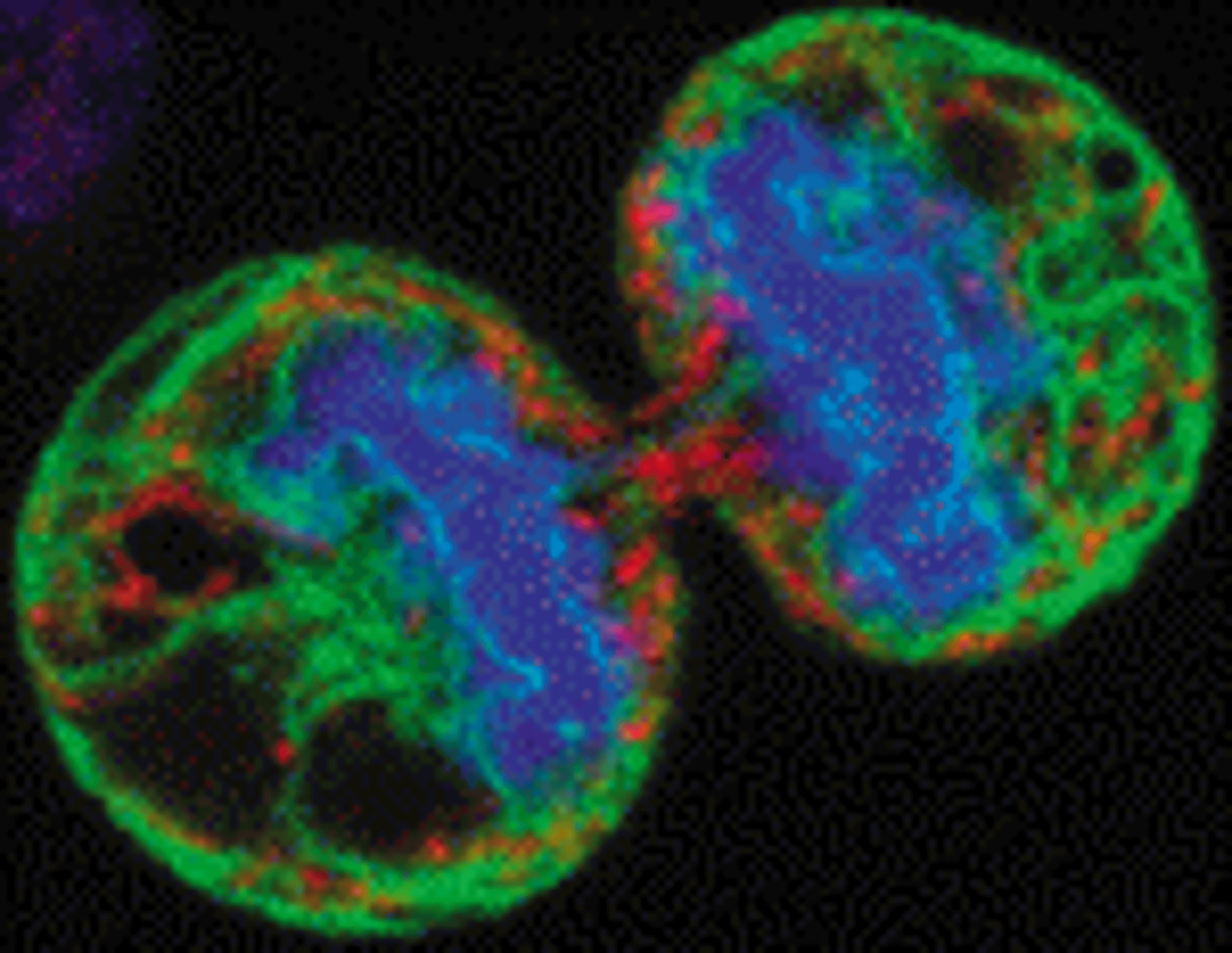New <i>in vitro</i> tox application for DRAQ5
9 Sept 2008An elegant paper recently published in Toxicological Sciences on mitochondrial dysfunction in the cytotoxic effects of anti-depressants shows great promise for high content biology applied to in vitro toxicology.
As part of the study, the authors, Dykens et al. of Pfizer Inc., developed a novel fluorescence-based imaging assay to report different cytotoxic effects on primary human hepatocytes. Following drug exposure cells were stained with probes to test for mitochondrial membrane potential, presence of reactive oxygen species, glutathione levels, and finally the far-red fluorescent dye DRAQ5 for cell number/nuclear DNA and, notably, intracellular lipids.
This is the first demonstration of the use of DRAQ5 to show drug-induced intracellular accumulation of (phospho)lipid vesicles in addition to providing information, as a live cell DNA reporter, on nuclear morphology and cell numbers.
This seminal work demonstrates a new inherent characteristic in DRAQ5 that lends new opportunities to the area of in vitro toxicology within drug development.
REFERENCE:
Dykens et al. In Vitro Assessment of Mitochondrial Dysfunction and Cytotoxicity of Nefazodone, Trazodone, and Buspirone. Toxicological Sciences 103(2):335-345; 2008

